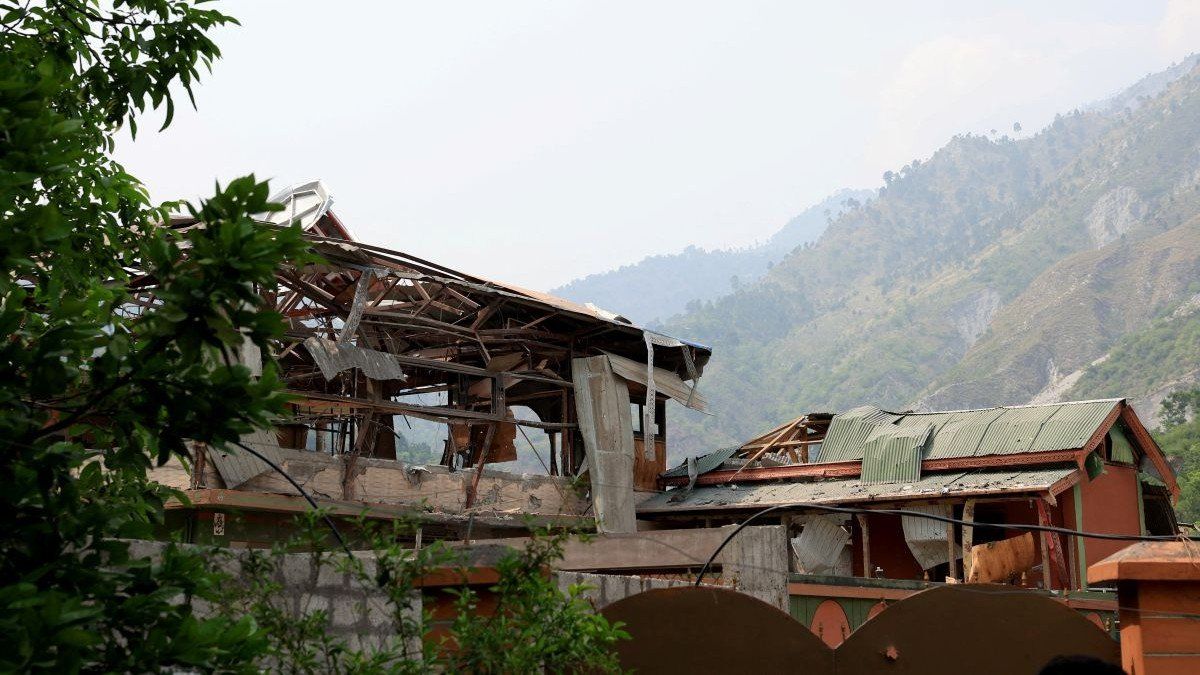It was never going to end quietly: India early on Wednesday bombed what it said were nine militant sites within Pakistan and Pakistani-administered Kashmir, reportedly killing at least 26 people in the worst clash between the two countries in decades.
Warning signs. India launched the strikes in retaliation for a terrorist rampage in the Indian-controlled portion of Kashmir last month. Pakistan says it had nothing to do with that attack.
Pakistani response now inbound. Pakistan Prime Minister Shehbaz Sharif called the Indian airstrikes an “act of war,” and has reportedly authorized the military to respond in kind.
Reaction from abroad. Major countries including the US, Japan, France, and China – which has close ties to Pakistan but borders both countries – called for restraint. Israel notably issued its unequivocal support for India and its right to self defense.
What will happen next? “Pakistan has traditionally responded with a tit for tat response, normally a bombing run on a minor target on Indian soil,” said Pramit Pal Chaudhuri, Eurasia Group’s South Asia practice head. However, Chaudhuri doesn’t expect the fighting to last long.
“Both sides are nuclear armed, neither has overwhelming military dominance and both lack the economic or political interest in a sustained conflict,” said Chaudhuri. “These skirmishes tend to die out within 24 to 48 hours.”
